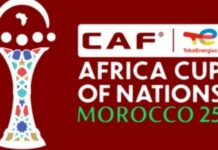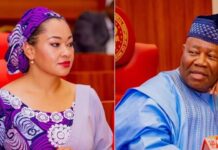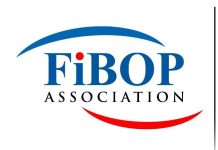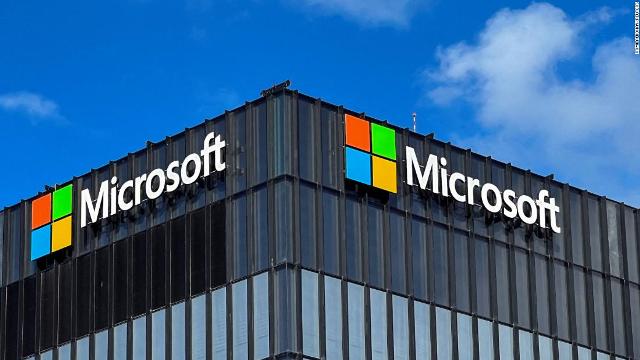Microsoft has introduced 13 new African languages to its Microsoft azure cognitive services translator, enabling text and documents to be translated to and from the languages across the entire Microsoft ecosystem of products and services.
The latest African languages to be supported are chiShona, Hausa, Igbo, Kinyarwanda, Lingala, Luganda, Nyanja, Rundi, Sesotho, Sesotho sa Leboa, Setswana, Xhosa and Yoruba.
This brings the total number of supported languages to 124 and adds language support for millions of people in Africa and worldwide.
“It is so powerful to be able to access knowledge and learn in one’s own language. The addition of Hausa, Igbo and Yoruba builds on the ongoing work Microsoft is undertaking in Nigeria to empower our communities with access to content in indigenous languages.
‘Through this release we continue to build meaningful cognitive products and services that improve accessibility and break down the language barrier between people and cultures across Nigeria and Africa,” country manager, Microsoft Nigeria, Mr. Ola Williams, said.
Integrations across Microsoft’s ecosystem include Microsoft 365 for translating text and documents, the Microsoft Edge browser and Bing search engine for translating whole web pages, SwiftKey for translating messages, LinkedIn for translating user-submitted content, and the translator app for having multilingual conversations on the move, among others.
Using translator, people and organisations can add African languages’ text translation to apps, websites, workflows, and tools; or use translator’s document translation feature to translate entire documents, or volumes of documents, in a variety of different file formats preserving their original formatting.
Recall that the company, through its Microsoft Research unit, first developed machine translation systems more than a decade ago – and has consistently built on and improved these systems and techniques, adopting NMT technology as Artificial Intelligence (AI) evolved and migrating all machine translation systems to neural models to improve translation fluency and accuracy.
Working with partners in language communities who can help gather data for specific languages and who have access to human-translated texts also helps to overcome the challenge of obtaining enough bilingual data to train and produce a machine translation model. This network of partners helps to collect bilingual data, consult with community members and evaluate the quality of the resulting machine translation models.
These ever-improving capabilities make it possible for businesses to expand their global reach, enabling them to communicate with customers and partners across languages and localise content and apps quickly, reliably, and affordably.
“Language should never be a barrier to using technology. With the addition of new African languages, more people and businesses will be enabled to connect across languages seamlessly,” Williams said.























































